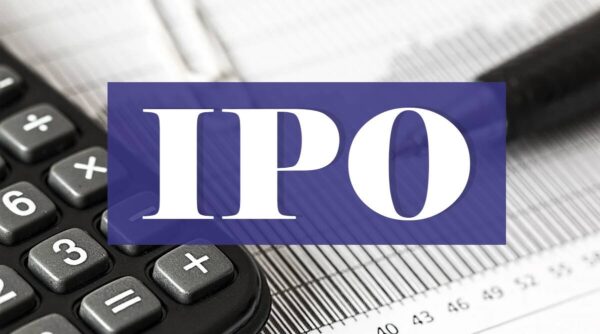
Global fairness markets have bounced returned strongly over the past 15 months following the pointy promote-off in February-March 2020. The rally has been in large part fuelled through immoderate liquidity because of the economic and monetary stimulus measures introduced through primary banks and governments throughout the world.
The rally has additionally been aided through the growth in man or woman buying and selling bills which have been opened in each advanced and growing markets all through the period.
A buoyant inventory marketplace, clean liquidity and risk-on sentiment amongst traders have created an ideal surroundings for non-public corporations to faucet markets and lift price range via preliminary public services (IPOs).
In India, there had been 108 IPOs in 2007 that generated Rs 33,946 crore. This variety dropped to 39 and 22 in 2008 and 2009.
Fast ahead to the previous couple of years and a comparable fashion may be visible—sixteen IPOs in 2019 garnered Rs 12,687 crore, sixteen in 2020 mobilised Rs 26,628 crore and 26 services have controlled Rs 39,811 crore in 2021 and we nevertheless have 5 extra months to go.
Several current IPOs had been subscribed a document variety of instances throughout each retail and high-net-worth- man or woman (HNI) segments.
With hobby prices at document lows, HNIs are capable of achieve margin investment for IPOs at low prices. This reduces the value of investment for an investor and additionally the following breakeven rate at which a employer need to listing so that you can make sure that the investor does now no longer incur a loss because of the value of borrowing.
The discount withinside the numbers of days among the IPO remaining date of a employer and the list date has additionally decreased the general value of investment for traders.
Nowadays, IPOs listing inside seven-10 days after the remaining in comparison to almost 15 days earlier. The list of numerous new-age corporations withinside the previous couple of months has similarly fuelled urge for food amongst HNIs for such IPOs.
Several of the corporations are subsidized through marquee PE price range, which offers self assurance to traders approximately the pleasant of control and the practices followed through those firms.
One need to additionally bear in mind that HNIs/UHNIs produce other avenues to put money into such non-public corporations, which won’t be to be had to retail traders.
Several opportunity funding price range (AIFs) had been released withinside the previous couple of years that put money into unlisted corporations. Investing in one of these fund permits an investor to create a portfolio of personal corporations earlier than they faucet the marketplace for an IPO.
Such price range had been a massive achievement and feature visible massive mobilisation from HNI and UHNI traders. Some traders additionally immediately buy unlisted stocks of corporations and maintain directly to the identical until the IPO.
They can also additionally promote their stocks both previous to the IPO or all through the provide as a part of the stocks being presented through the employer or can also additionally retain preserving them even after list.
While the returns from such investments may be sizeable, one additionally wishes to maintain in thoughts that the minimal price price tag length for such investments is typically huge and such investments also can be illiquid, in particular whilst sentiment turns bad and corporations put off their fundraising plans.









